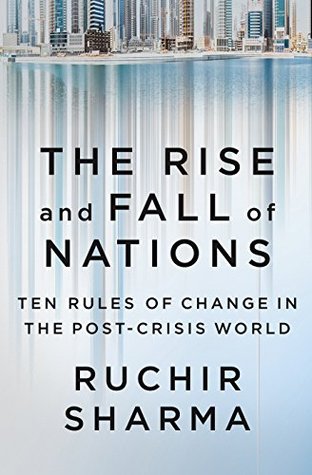More on this book
Community
Kindle Notes & Highlights
DOES DEGLOBALIZATION CHANGE THE RULE?
If private credit grows significantly slower than GDP for five years running, it can create the conditions for an economy to recover strongly. Banks will have rebuilt stores of deposits and will feel comfortable lending again. Borrowers, having reduced
China however is in a class of its own. According to McKinsey, out of the $57 trillion increase in debt globally since 2007, more than one-third or $21 trillion has been racked up by China. One
To some observers, however, Chinese wealth-management products soon came to resemble the exotic American debt products that pooled together subprime and other mortgage loans into one murky and explosive bundle. These were the products Warren Buffett described as “financial weapons of mass destruction” six years before their implosion helped trigger the U.S. housing and stock market blow-ups in 2007 and 2008. When Beijing ordered state banks
The popular media’s admiration then swung to the United States, which did look stunningly strong. At the height of the Asian financial crisis in 1998, the U.S. economy expanded at a blistering 5 percent pace, and consumer demand in the United States prevented the world from slipping into a recession. It was almost impossible
To help its global companies compete abroad, the Abe government cut corporate taxes from 40 percent to 32 percent and is targeting a further cut to 29 percent, a little
The share of adult women who participate in the work force is up from 60 percent in 2010 to 65 percent today—surpassing the United States, where the share is stagnant


